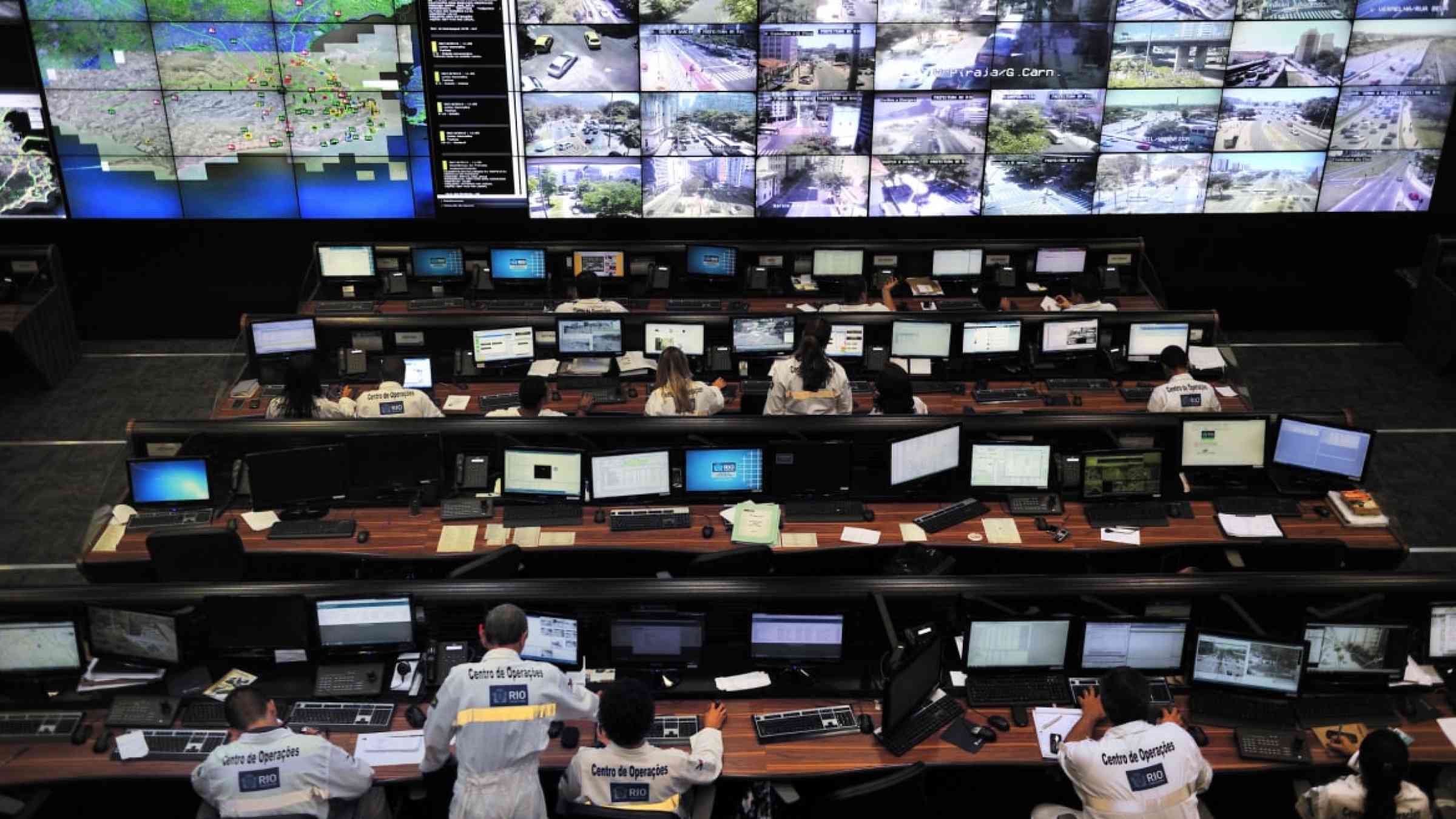The critical role of emergency operations centers in saving lives when disasters strike

It was an overcast morning on April 9, 2021, when the La Soufrière Volcano erupted explosively on the small island of Saint Vincent and the Grenadines in the Caribbean. The event increased the fear already installed in the island inhabitants since December of 2020, when the Volcano began a series of effusive eruptions, causing the country to be on orange alert.
In anticipation of the pending eruptions, the National Emergency Management Organization (NEMO) activated the National Emergency Operations Centre (NEOC) on April 8, 2021, to prepare for and to coordinate the response to the eruptions in the middle of the COVID-19 pandemic.
The eruptions ended almost two weeks later, with estimated infrastructure damage and loss of USD235.1 million (or 26 % of the country´s GDP). However, early response measures taken by the Government of Saint Vincent and the Grenadines, including the timely activation of the operation center, allowed for a rapid response to the volcanic eruptions and prevented the loss of lives.
The NEOC is the central coordination point, responsible for carrying out and coordinating emergency management functions during an emergency. Throughout the volcanic crisis, the center successfully managed early communications with high-risk communities in the North (red and orange zones), resulting in the evacuation of over 20,000 people to the southern parts of the country. It also developed a series of recommendations disseminated in a communication campaign on how to be safe during the crisis, such as how the population could protect themselves from the ash.
During the NEOC operations, all sub-committees were activated, and focused on public information, damage and needs assessment, transport and road clearance, health services, emergency shelters, and shelter management, emergency supplies, emergency telecommunications, and rehabilitation and reconstruction.
Emerging stronger from the disaster
As part of a broader World Bank support in response to the eruptions, the government of Saint Vincent and the Grenadines successfully negotiated a $42 million Volcano Eruption Emergency Project to help rebuild the country’s economic and social resilience by ‘building back better.’
One of the main activities under the project is to improve the government’s capability to systematically prepare for and respond to potential compounding emergencies and the impacts of climate change. As such, the project is financing the expansion of the NEMO’s headquarters and strengthening the operations of the NEOC.
As part of the institutional strengthening plan, the World Bank collaborated with the government to hold a workshop aimed at strengthening the agency’s capacity in command-and-control areas.
This Thirty-nine participants workshop was financed by the EU-funded Caribbean Regional Resilience Building Facility, managed by the Global Facility for Disaster Reduction and Recovery (GFDRR).
Building capacity to improve operations centers
- Building sustainable institutional capacity in emergency preparedness and response requires engagement with both decision-makers and technical practitioners.
- The experience from many emergency preparedness and response projects focusing on command and control structures suggests that, while it is important to establish strong dialogue with senior officials of the implementing agencies, it is equally important to work closely with counterparts at the technical level to ensure continuity and build institutional capacity.
- Deep knowledge and familiarity with government policies, processes, and procedures, as well as clearly defined roles and responsibilities of various departments and teams, will reduce institutional fragmentation and enable timely support and advisory services to the counterpart agencies.
- Greater use of technology, such as a management information system and decision support systems, will help to improve the efficiency of the response to emergencies.
The World Bank remains committed to support the country’s efforts to strengthen its emergency preparedness and response systems. Besides the activities mentioned above, some others that are being undertaken include: upgrading the main emergency warehouse, purchasing supplies for the emergency warehouse, purchasing seismic monitoring equipment for the Volcano, developing a management information system, and updating the standard operating procedures for the sub-committees and additional training exercises workshops. We believe these compounded actions can play a key role in making Saint Vincent and the Grenadines more resilient!